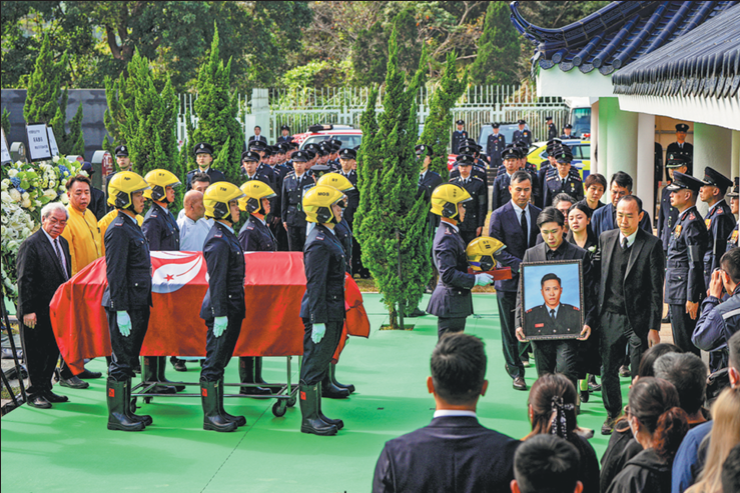Artists create strokes of genius
By Lin Qi | China Daily | Updated: 2024-09-04 06:24

Over decades, ink painting has evolved to integrate traditional East with modern West, Lin Qi reports.
City walks are trending among urban travelers these days due to being a low-cost, relaxing transportation mode that saves people from the anxieties of hurrying from one tourist destination to another.
Several decades ago, Gu Yizhou and five artists from the Beijing Fine Art Academy who specialized in traditional Chinese ink painting conducted staged city walks from east to west across Beijing.
The tour, lasting a couple of months, was initiated from an undertaking of importance — a painting that offered a renewed panoramic view of the capital city in celebration of the 10th anniversary of the People's Republic of China in October 1959.
The Spring of National Capital, done in the traditional long scroll format, unfolds to 46 meters long. It replicates the blooming spring, documenting the prosperous construction scenes of New China, including landmark architecture along Chang'an Avenue and major industrial projects at the time.
The painting has been exhibited several times to evoke nostalgic feelings among viewers, particularly the elderly who recognize the capital's changes over time.
The Spring of National Capital has joined dozens of other paintings from the collection of the Beijing Fine Art Academy at Picturesque Land, an exhibition running until Oct 13 at the National Centre for the Performing Arts, one of the landmarks of Chang'an Avenue.
This time they are on show to mark the country's 75th anniversary.
The Beijing Fine Art Academy was founded in 1957 with a commitment to the research and reform of Chinese art, especially traditional ink painting. Since its founding, it has gathered leading figures, such as Qi Baishi (1864-1957), the founding honorary director.
























